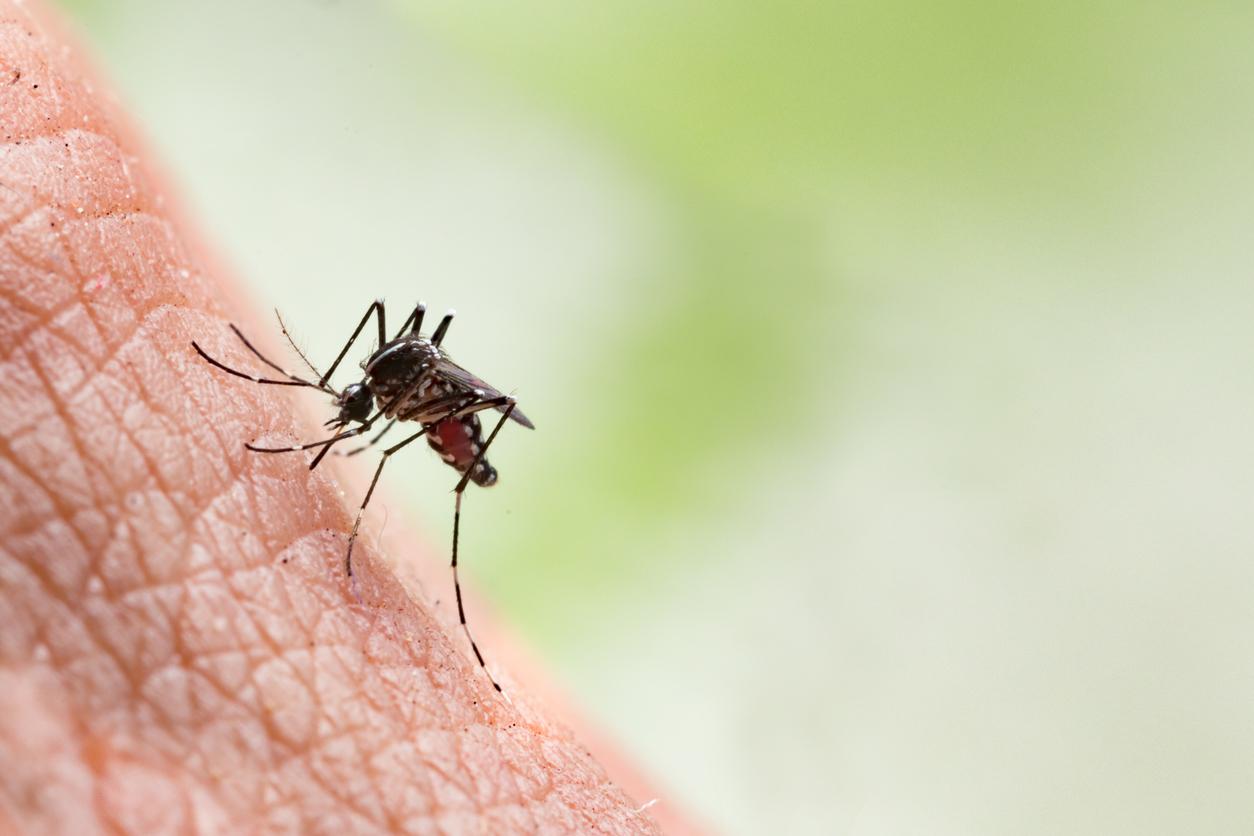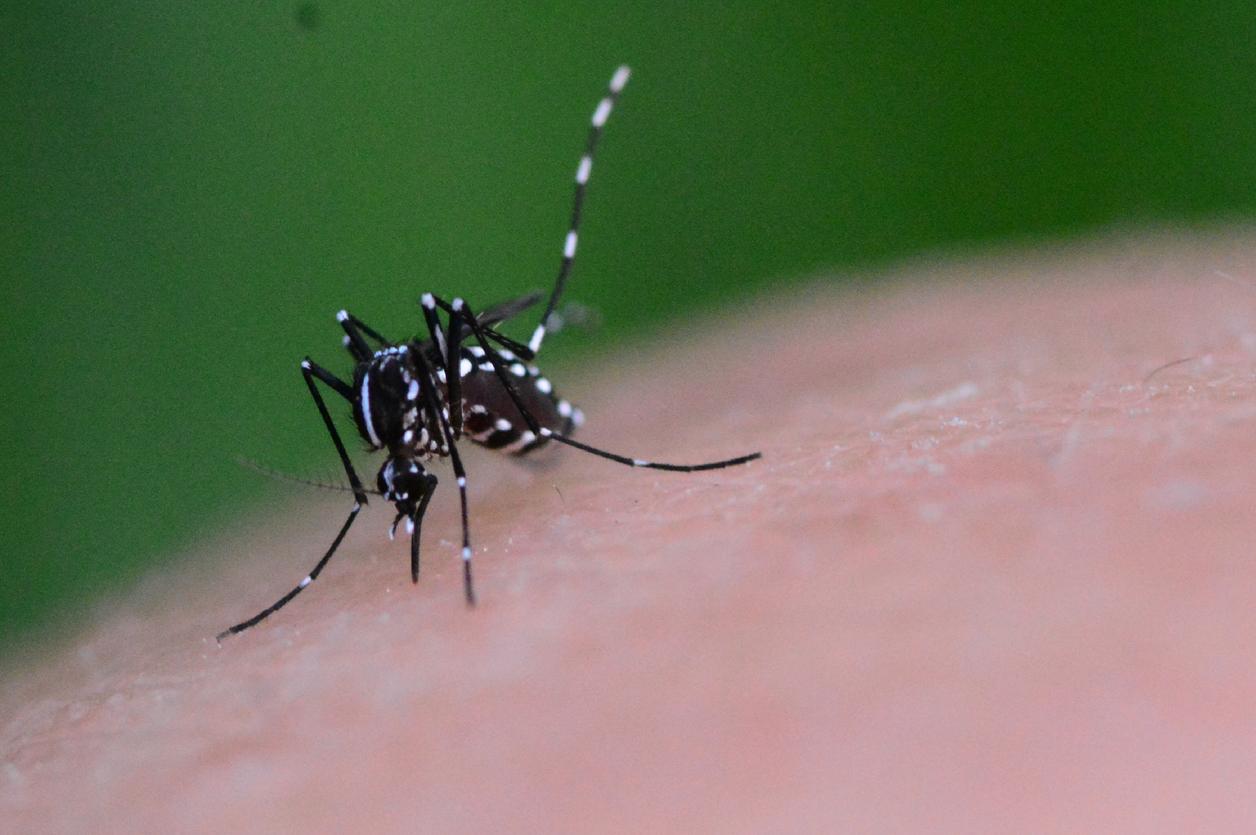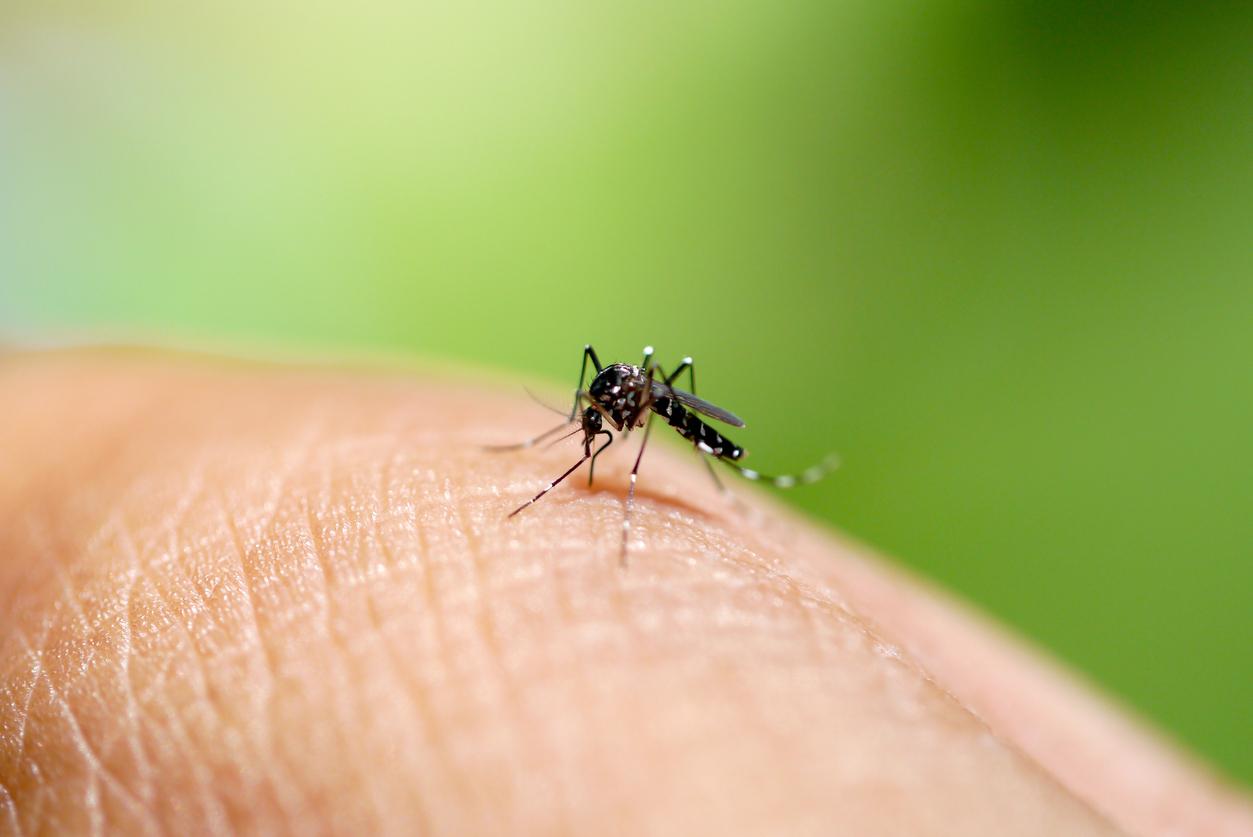A report from Yale University confirms that Nepalese UN soldiers are behind the cholera epidemic in Haiti. In almost three years, the disease is said to have killed nearly 8,000 Haitians.

And one more ! An American study from the famous Yale University (Connecticut) published a few days ago once again confirms the responsibility of the United Nations stabilization mission in Haiti (Minustah) in the terrible cholera epidemic that the country has experienced. shortly after the violent earthquake of January 2010.
In this drama, it all began in October 2010, when peacekeepers were stationed north of the capital Port-au-Prince, in a camp where sanitary facilities were failing. Nepalese soldiers, carriers of the cholera bacteria, are among them.
According to this research, the contamination has its origin in the negligence of a local subcontractor who would have badly disinfected the septic tank of the base. Rosalyn Chan, a researcher at the Yale School of Public Health told RFI: “Our study has shown that there has been significant neglect in the treatment of wastewater in the Nepalese soldiers’ camp. There was a leak to the river and this is what contaminated the water resources. So yes it was not intentional, but the United Nations should have been more careful ”. Because, the bacterium “Vibrio cholerae” was then found in a tributary of the largest river of Haiti, the Artibonite, in which the majority of Haitians obtain water, to wash and to drink.
Result, while no case of cholera had been detected in this country for a century, these Nepalese peacekeepers would be, according to this study, at the origin of “the most important epidemic of cholera in the world”.
Figures from the World Health Organization (WHO) indicate that in the first two months of the epidemic, more than 3,000 people died from the causes of the disease. And, more than two years after the declaration of the epidemic, the toll now stands at 7,550 dead for 685,000 people infected.
On the side of the United Nations (UN), the experts mandated to investigate the origin of this contamination confirmed in a report published on Wednesday and relayed by the Medical Press Agency, the hypothesis of a strain of South Asia while carefully avoiding blaming Nepalese peacekeepers.
For these researchers, “the epidemic was caused by a bundle of circumstances, and was not the fault, or the deliberate action, of any group or individual.” But, experts recommend that “peacekeepers and UN personnel from areas where cholera is endemic should be screened and treated with antibiotics before leaving on mission.”
And Michel Bonnardeaux, a spokesperson for the UN, to add that the Organization’s report does not present “any conclusive scientific evidence linking the epidemic to the peacekeepers of the Minustah or to the Mirebalais camp. Anyone who carried the strain of the disease in the area may have introduced the bacteria into the river, ”he concludes. Difficult to see clearly …
.

















